Peruvian escapade
CUSCO, PERU – Perhaps, I thought, the altitude was getting to my head. Or was I delirious from making too many toilet runs due to an upset stomach?
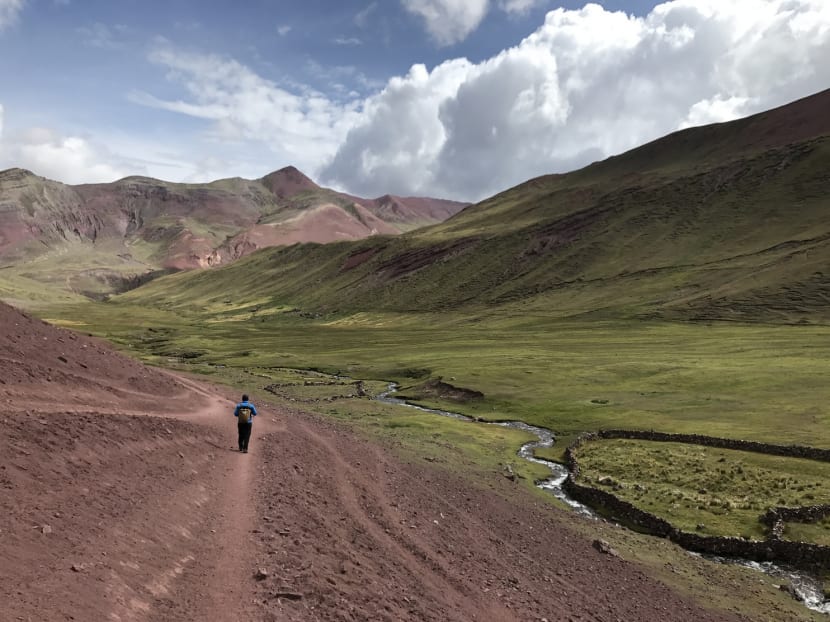
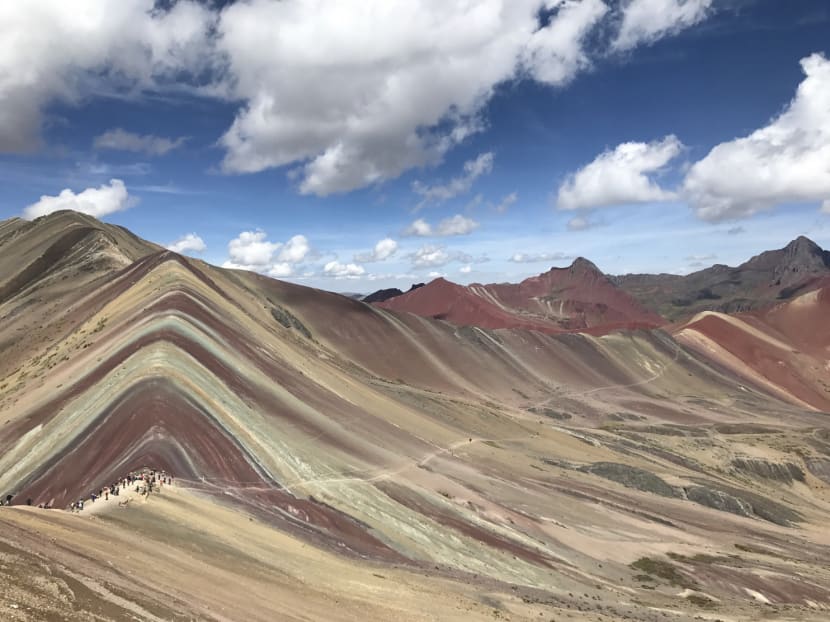
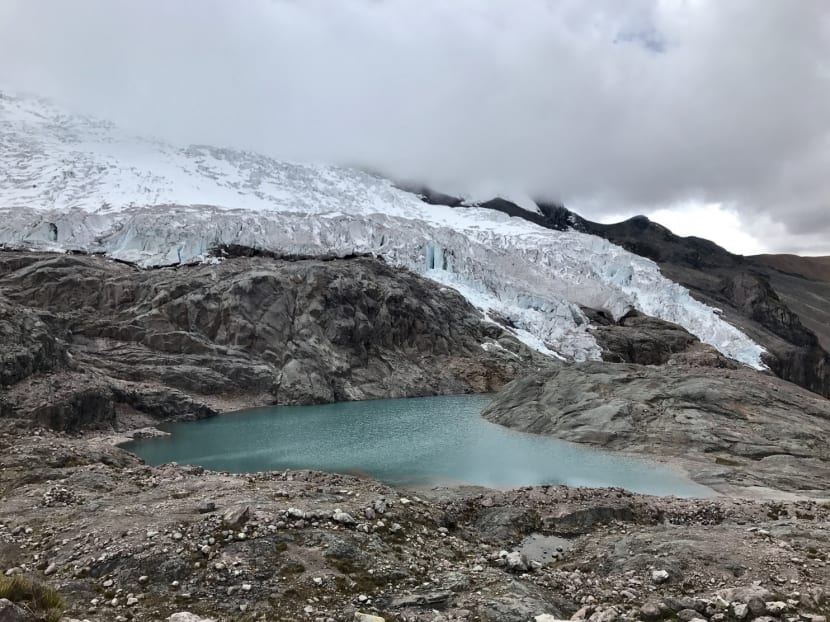
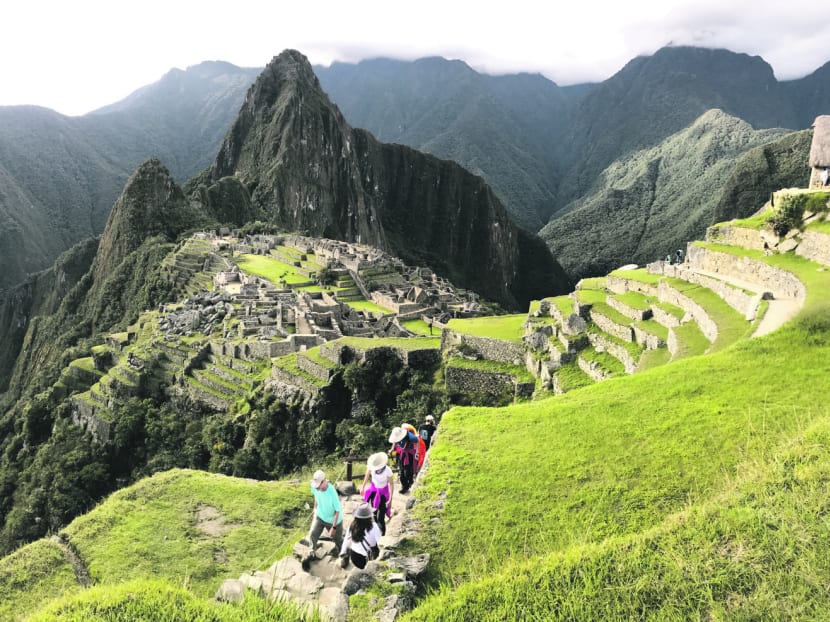
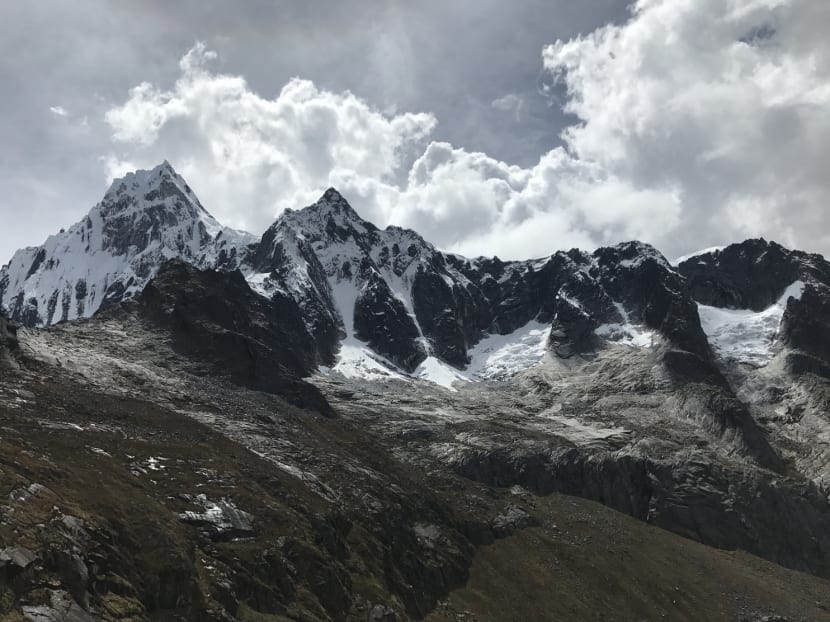
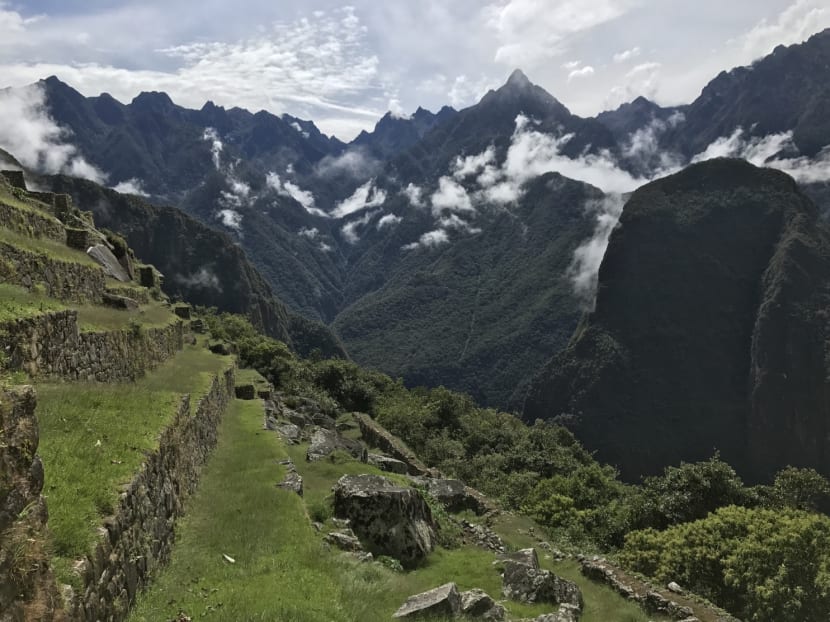
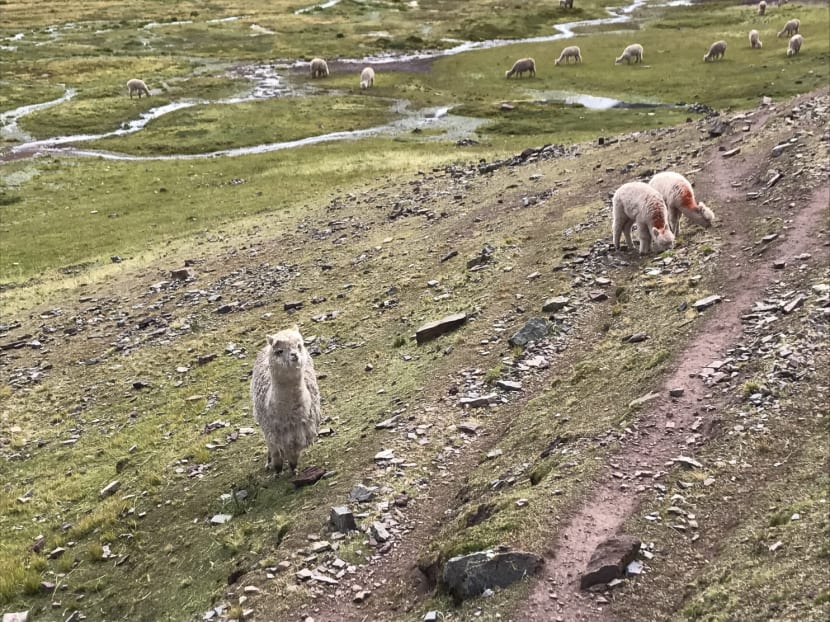
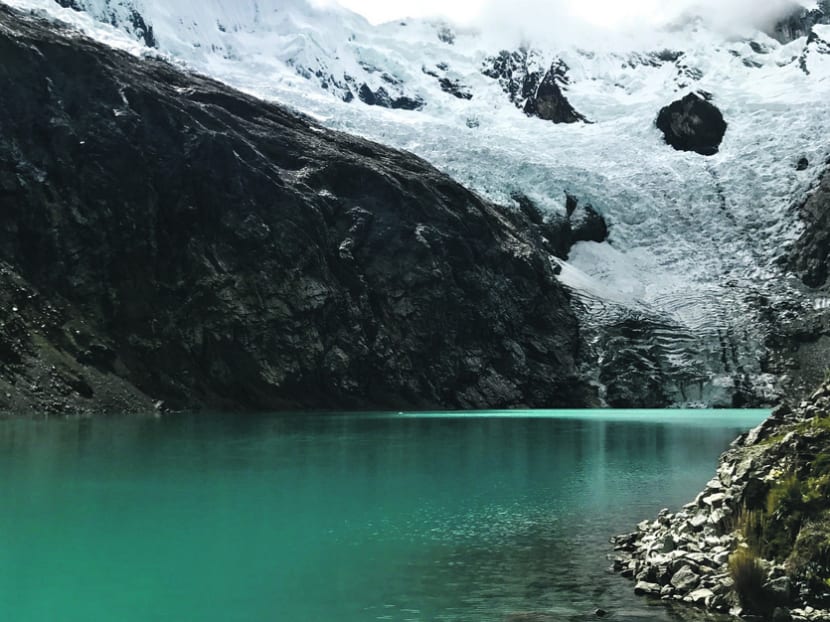
CUSCO, PERU – Perhaps, I thought, the altitude was getting to my head. Or was I delirious from making too many toilet runs due to an upset stomach?
I felt this way because the sight before me was too vivid to be real. An entire mountain range painted in bands of raspberry pink, peppermint green and yellow, like something conjured up by Willy Wonka. As if this was not enough, the sky was a bright cornflower blue.
But the hyper-fantastic scenery before me was indeed real, and entirely the product of nature. At about 5,200m above sea level, Vinicunca, popularly called Rainbow Mountain, has become among Peruvian city Cusco’s biggest attractions after Machu Picchu and the Sacred Valley — if you can endure the altitude and have the stamina to haul yourself up 700 to 800m in hours (three hours is the average) to take it in.
Travelling through South America can be a rugged experience. There are a number of staggeringly beautiful natural wonders dotting the continent, particularly if you stick to an Andean theme, but many of these sites are often situated at lofty locales. You do not need to be an endurance athlete or a professional outdoorsman to enjoy several of them, but you should be in good health, relatively fit, and acclimatise yourself properly.
Why push yourself to gasp at height, you ask? For one, mountains, among them the Andes range that stretches from Venezuela to Chile, are important to local communities. To the indigenous people in Peru, for example, some mountains are “apus” — essentially gods or holy beings — and examples include Ausangate and Salkantay near Cusco, which were the most sacred to the Incans. Whether it is a simple day hike or a multi-day camping trip in the mountains, it is a smidgen easier to understand local culture when you are standing amid soaring peaks that feel like the work of a divine hand.
FOR ADRENALINE SEEKERS
In the southern half of the country, Cusco (elevation: about 3,400m) is the key stop for most, being the gateway to Peru’s star attraction — Machu Picchu (about 2,400m).
But setting aside the obvious for the moment, Cusco and its surroundings offer more than just Incan history. Go for a change of scenery by taking a hike on the aforementioned Rainbow Mountain — these days, it is impossible to escape the hoards of operators in Cusco trying to sell you a day tour there.
But making solely for Rainbow Mountain in a single day would be a mistake, when you are practically within spitting distance of the Ausangate Circuit — good for a four- to six-day trek amid a stunning landscape of snow-capped mountains, glacial lakes in hyper-saturated shades of blue, lush valleys carpeted in green and flanked by clay-red slopes, and curious alpacas. Note that this is not for the couch potato — you hike for eight to nine hours a day, and cross passes at over 5,000m above sea level. Guides take pains to tell you that the “flat” stretches are really “Andean flat” — meaning they slope up and down imperceptibly to the eye, but your lungs will feel every inch of your trek. Meanwhile, in the north of Peru, towns such as Huaraz in the Ancash region are gateways for adrenaline-pumped, Gore Tex-clad travellers to mountain ranges such as the Cordillera Blanca, located in Huascaran National Park.
In my hostel at Huaraz, the breakfast talk revolves around which 6,000m-mountain to climb (there are 16 to choose from in the Cordillera Blanca), and which 6km trail is good for a “quick afternoon run”. The 45-km trail I trekked over 3.5 days, popularly called the Santa Cruz Trek, is a mere jog in the park for some — my hostel roommate completed it in six hours in a race, which is no mean feat on a trail that hits a high of 4,750m.
Dotted with aquamarine lakes, snowy peaks and winding valleys carved by gushing streams, the region is often overlooked by first-time visitors to Peru, but this spectacular stretch of the Andes should not be missed, especially when it is easily accessible from Lima by bus or plane.
Do not be intimidated and think the mountains are only for the pros, however, as the area has plenty of options catering to all physical levels — for example, a day hike to the stunning Laguna 69 (about 4,600m) is challenging albeit very rewarding.
ICONIC MACHU PICCHU
Visiting the ruins of Machu Picchu can be a disappointing experience if you end up there at the exact same time as the busloads of tourists that swarm the place daily, but the magnificent site can still offer a spectacular experience if you plan your trip right. After all, working hard for your views is one great way of seeing the matter from a different perspective.
There are many trekking routes designed to end at Machu Picchu, but the extremely popular and classic Inca Trail remains a standout as it threads through several important Inca sites. It feels almost like a pilgrimage combined with a trip back in time, as you retrace the steps of the ancient Incas. It is, however, not for the faint of heart, as one has to cross the charmingly named Dead Woman’s Pass at 4,215m.
The Inca Trail option is pricier and, by all accounts, more crowded during peak season. Although both the four and two-day options are touristy, from a history point of view, they cannot be beat. The trail also offers the perk of ending at the Sun Gate — a small fortress high on the ridge overlooking both sides of the valley. In the late afternoon, there is a far better chance of seeing a dollhouse-sized Machu Picchu bathed in sunlight — no sweeter sight when you have walked days to earn the view.
The next morning, I returned to a Machu Picchu cloaked in rolling mist and rain — a very enigmatic sight (fret not, for the rain usually clears up by late morning).
The Inca Trail option is also the only one that requires you to book your place way in advance — as early as four to six months if you have very particular travel dates in the middle of the peak season from June to August — as there are limited permits for entry to the trail. Avoiding those months is another way to spare yourself the worst of the crowds, whether or not you are trekking.
Those planning a trip to Machu Picchu should also note that from next month, the Peruvian government plans to limit the number of hours one can spend at the site, according to specified time slots. As such, be sure to do your research, and grill your tour operator for details if you are using one.
For those who love ruins and going off the beaten path — and have the stamina — a good choice is the tough two-day trek to Choquequirao (almost 3,000m), which means Cradle of Gold. Believed by experts to be even bigger than Machu Picchu, the site draws just a fraction of the crowds for now, presumably because not everyone has what it takes to cross the 4,100m high pass to reach it. And, unlike Machu Picchu, there are no trains or buses to bring you there.
GETTING ACCLIMATISED
The trick to enjoying all this, and not ending your trip to sites such as Vinicunca gasping into an oxygen mask (I actually saw this happen), is to take acclimatisation seriously and be in decent shape. Do some cardio, say, go for a run a couple times a week before you travel.
If you have the luxury of time, you can plan your trip such that you visit the cities in ascending order of altitude, rather than landing in cities such as Cusco after a flight from low-altitude places — some people landing in Cusco after a flight from Lima (going from sea level to a height of 1,550m in parts) feel quite dizzy when they hit the tarmac.
If not, give yourself at least a two-day buffer to get used to the thinner air. Altitude sickness affects people differently, including fit folk, and not taking it seriously can be fatal. I was spared the headaches and nausea described by many, but I had stomach trouble, and getting the runs while hiking is as terrible as it sounds.
Eating lightly in the first few days and drinking plenty of water helps. As a precaution, medication like Diamox, if taken before arrival, can help alleviate the symptoms of altitude sickness. Many South Americans swear by coca leaves, which release alkaloids when chewed with an alkaline substance, relieving symptoms (it can also be taken as a tea). Ginger tea is also a good option, and ginger is readily available in the local markets and supermarkets.





